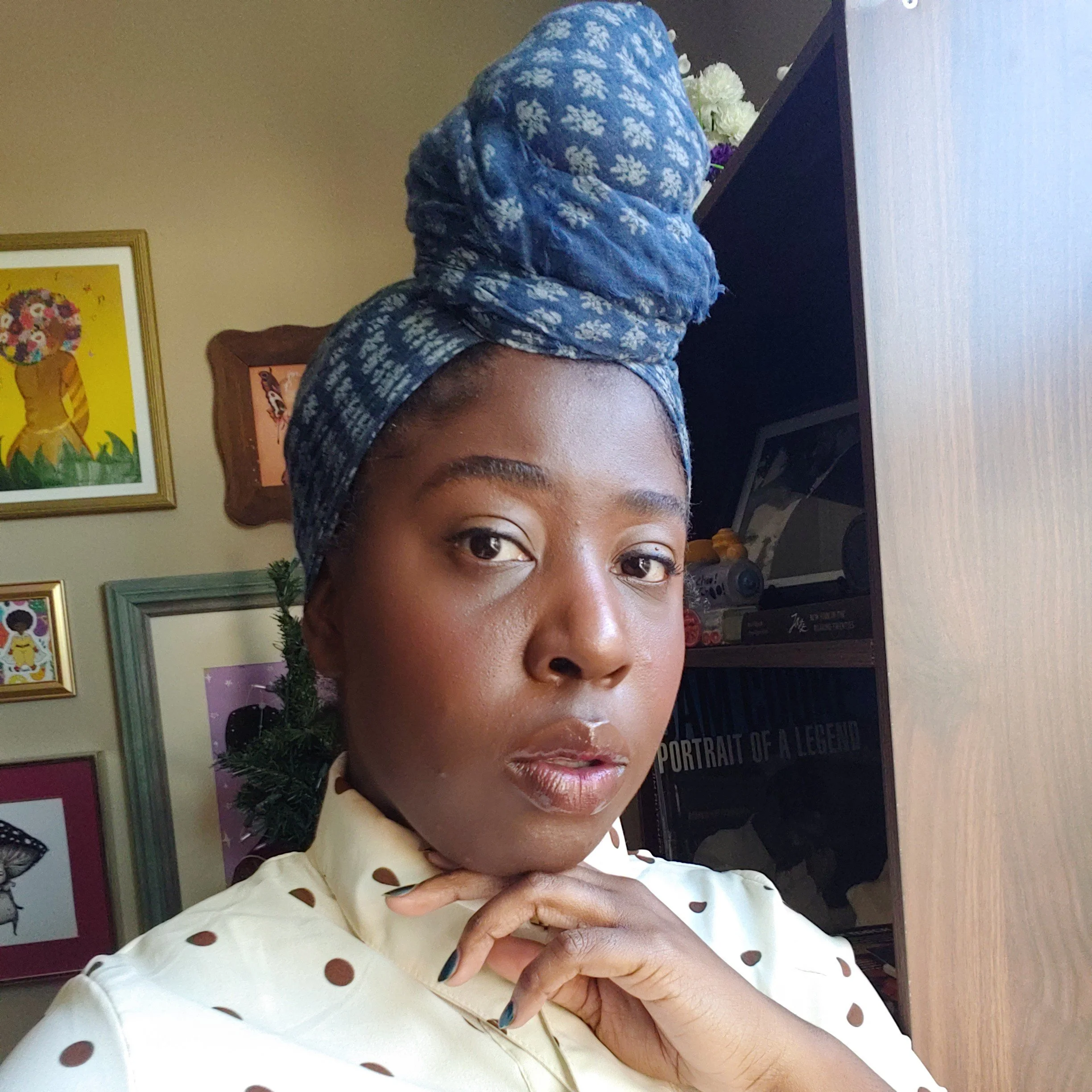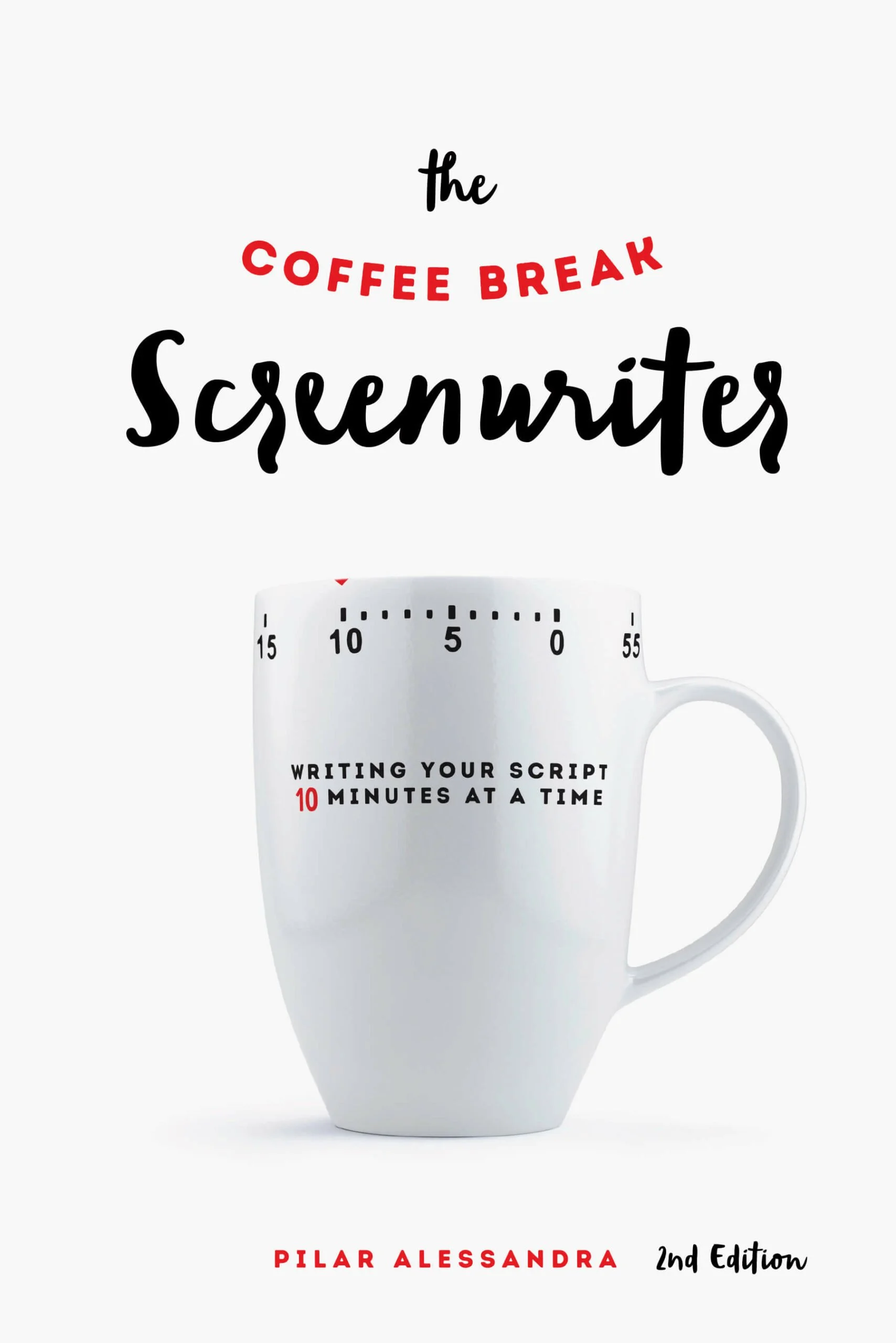Broke-Ass Filmmaking: A Guide to Filming with a Broke-Ass Budget
Tips on using available resources, DIY production hacks, and low/no-cost solutions to realize your filming vision.
So, you have an idea for a great movie. Maybe you just left an explosive summer blockbuster at your local theater buzzing with inspiration. Or, maybe it was a more sedate slice-of-life drama and you left with ideas on how to improve the story. That’s the cool thing about art: whatever it is, it all starts with a creative idea. Creating: when you love it, it’s like breathing. So, back to your future genius movie. Where to begin? And how to do it? People always talk about movies in terms of how much they make upon release vs. how much it cost to make. Does that mean you can’t make a good movie unless you pay a gajillion dollars first? That’s where the Broke-Ass Blog (B.A.B) comes in. Here’s a quick guide to making that cool movie of yours on a broke-ass (or, “shoestring” in industry terms) budget. By no means is this list exhaustive. As the saying goes, there are many ways to skin a cat (gross and sad but alas) and as such feel free to take whichever advice you think best applies to your filmmaking goals and leave the rest.
It all starts with a script…
So, that cool movie you’re gonna make? Well, it needs a script. I know, right. Who knew? Well, screenwriters know. And they want you to know it too. Their whole song and dance is using their inventive brains to beautifully illustrate the human experience for the big screen. Screenwriters are invaluable….well, almost. Their value does have a numerical quality and there’s usually a few zeros at the end of it. B.A.B believes the average aspiring filmmaker will be best served by writing their own script to start. And the cool thing about that is screenwriting classes are everywhere! Your local rec center is likely hosting a regular screenwriting class. Probably your local library too! If you are a college student, junior college or four-year, your school definitely has screenwriting classes. Even younger than that? Many arts-driven afterschool programs offer screenwriting classes. Don’t have time to take a class? That’s ok too because the list of published books on the craft are myriad. B.A.B recommends The Coffee Break Screenwriter: Writing Your Script Ten Minutes at a Time by Pilar Alessandra. These are all examples of using readily available resources to begin acting on your filmmaking passion on a dime!
Speaking of available resources, let’s talk about where to film…
Do you know as the writer of your script (as discussed because you can’t afford a screenwriter on a broke-ass budget) you’re directly responsible for ensuring you film in the lowest-cost places possible? That’s right, little pearl, the world is literally your broke-ass oyster. As such, make sure you scale your locales to be super accessible. Think less EXT. MET GALA - DAY and more EXT. PARKING LOT - DAY. Public land (read: the outside) is a cheap filmmaker’s friend. Get familiar with your local film commission policy on where you can get away with filming without a pricey permit. Local parks are great. Again, college students are rich with possibilities for where they can film. Cafeterias can host great restaurant scenes. Classrooms, libraries, hallways, auditoriums, campus greens and gardens! The list goes on. The key here is cheap or free though. Private offices are the domain of those that use them and they may charge for use. As broke-ass aspiring filmmakers, nobody got time for that.
Using DIY to help light your sets…
Photo by Kyle Loftus
While you’re working out the details of writing a script you can afford to shoot (be sure to check out another B.A.B post here for more advice on preparing a great accessible script), let’s pivot to some other parts of production that could use a budget-slashing lens. For example, when it comes to lighting a set for a scene. As a broke-ass filmmaker, natural lighting is going to be your best friend so as not to shell out on costly lighting kits. That includes sticking to mostly day shoots and avoiding night shoots as much as possible. Let the power of the sun carry most of your lighting burden. But when you will need some lighting help, DIY lighting solutions can be a lifesaver. Household items like clip-on work lights, LED strip lights, and even practical sources like desk lamps or fairy lights can create effective and dynamic lighting setups. Bounce light using white foam boards or shower curtains to diffuse harsh shadows. You could also repurpose aluminum foil as a reflector. For color effects, inexpensive gels or even tinted plastic sheets from craft stores can work wonders. Battery-powered LED lights, often used for camping, provide flexibility for small sets or on-location shoots. By creatively combining these budget-friendly options, broke-ass filmmakers can achieve professional-looking lighting without breaking the bank.
Also DIY your camera to get the perfect shot…
DIY camera rigging and dolly setups are essential for filmmakers working with a shoestring budget, allowing for smooth and dynamic shots without expensive gear. One of the most famous examples is Robert Rodriguez, who used a wheelchair as a makeshift dolly while filming El Mariachi, proving that creativity trumps budget. Similarly, office chairs, skateboards, or even rolling carts can serve as DIY dollies for smooth tracking shots. For camera stabilization, PVC pipes, wooden rigs, or repurposed tripod parts can be fashioned into shoulder mounts or steady cams. Bungee cords and resistance bands can also help absorb unwanted camera shake when shooting handheld. By thinking outside the box and using readily available materials, broke-ass filmmakers can achieve professional-looking shots without blowing a bag.
Still need help with that script?..
Photo by Oladimeji Ajegbile
So, you’ve settled on an accessible idea for your script. Maybe you’ve taken the screenwriting course offered at the library. Or checked out the book. You’re ready to write! But wait–how much is that software?! For the broke-ass writer, the high cost of industry-standard software like Final Draft can be a major barrier, often costing hundreds of dollars. Yikes! Fortunately, free alternatives like the web-based version of Celtx offer a practical solution. Celtx provides essential screenwriting tools, including proper screenplay formatting, automatic pagination, and cloud storage, without the hefty price tag. While the free version has some limitations compared to the upgraded tiers, it’s more than enough for getting that initial writing job done. By utilizing Celtx, writers can focus on crafting great stories without worrying about software costs, making it a valuable resource for those working on a broke-ass budget.
For an added touch, consider low-cost rehearsal space…
Finding an affordable rehearsal space can be a major challenge for broke-ass filmmakers as professional studios and dedicated theater rehearsal spaces often come with high rental fees. Broke-ass budgets can make it difficult to secure a consistent location for cast and crew to practice, stifling precious production planning (in pre-production, time is literally money and as established the broke-ass filmmaker has none). A cheap solution is renting multipurpose rooms at local community centers or libraries, which often offer affordable or even free spaces for your creative project. These venues typically have open floor plans, tables, and chairs that can be rearranged to mimic set layouts, making them ideal for table reads, blocking rehearsals, and even small-scale scene work. By tapping into these community resources, filmmakers and performers can maximize their budget while securing a reliable and functional rehearsal space.
So there you have it. These are just some ideas to get you started on making your dream project come to life in the cheapest most broke-ass way possible!
Be sure to check out out other B.A.B posts for more in-depth discussions on getting a production together with a broke-ass budget!




